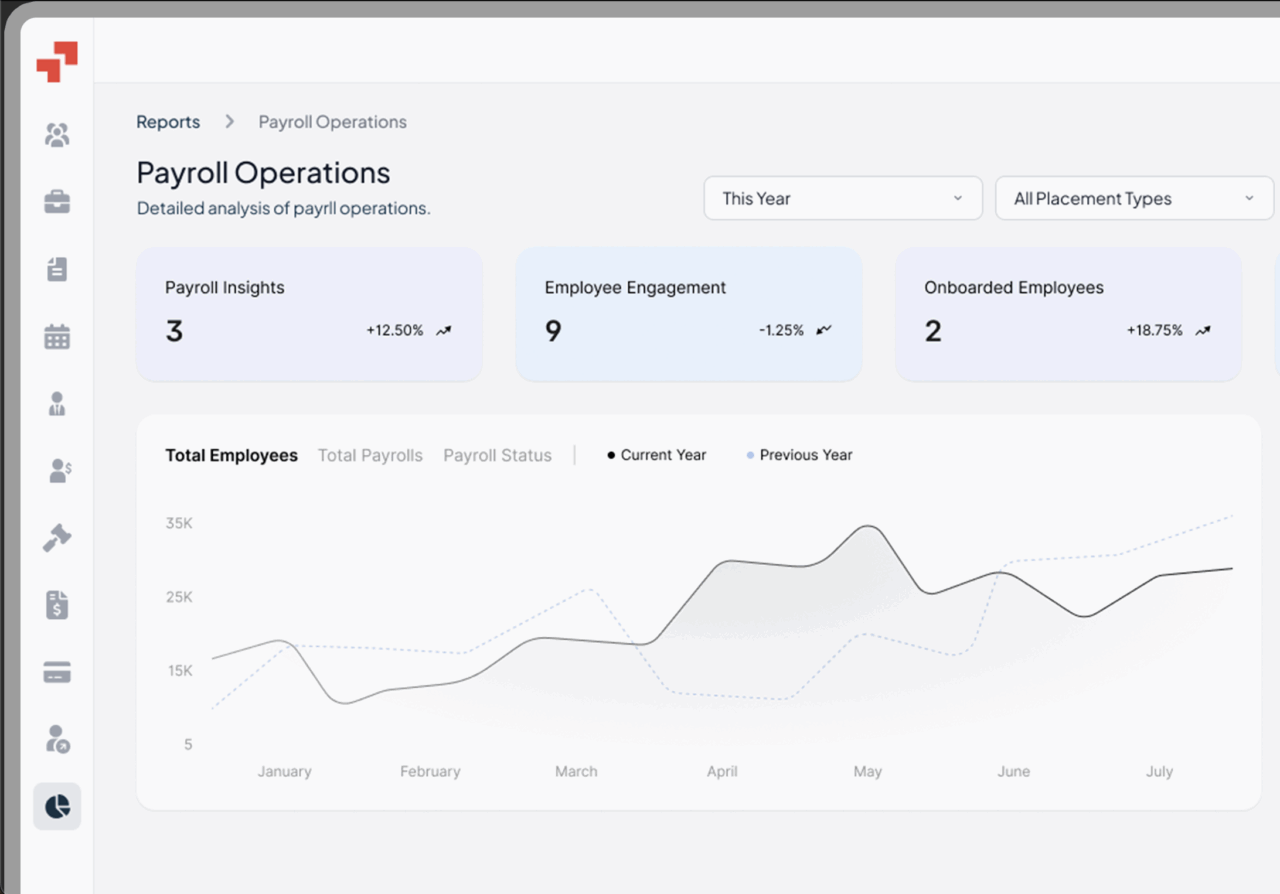Paid maternity leave is a standard benefit in many countries, often provided through social security systems or supplemented by employers. This statutory right allows new mothers to take time off, prioritizing their well-being and childcare.
Interestingly, only seven countries worldwide lack paid maternity leave policies. Notably, the United States stands out as one of the few nations without federal laws mandating maternity, paternity, or parental leave for childbirth, adoption, or foster care.
While paid leave is not always 100% compensated, it typically covers a percentage of the employee’s base salary. Globally, this benefit is considered essential for achieving work-life balance. Paid leave enables new parents to bond with their child, and demonstrates employers’ value for their employees’ overall well-being.
In stark contrast to the rest of the world, the US lags behind in providing comprehensive maternity and parental leave policies. This disparity highlights the need for change and awareness about the importance of supporting new parents in the workplace.
Let’s explore the paid maternity leave policies around the world and how the US compares in providing essential support for its workforce.
Countries with 100% Paid Maternity Leave
The countries offering the highest payment (% of salary) during the maternity leave period are:
| Country | Length of Maternity Leave | Percentage of Salary Paid |
|---|---|---|
| Austria | 16 weeks | 100% |
| Brazil | 120 days | 100% |
| Chile | 24 weeks | 100% |
| Colombia | 18 weeks | 100% |
| Costa Rica | 26 weeks | 100% |
| Croatia | 52 weeks | 100% |
| Estonia | 62 weeks | 100% |
| France | 16 weeks | 100% |
| Germany | 14 weeks | 100% |
| Hungary | 24 weeks | 100% |
| India | 26 weeks | 100% |
| Malaysia | 60 days | 100% |
| Netherlands | 16 weeks | 100% |
| New Zealand | 22 weeks | 100% |
| Philippines | 105 days | 100% |
| Poland | 20 weeks | 100% |
| Portugal | 17 weeks | 100% |
| Singapore | 16 weeks | 100% |
| Slovenia | 105 days | 100% |
| Spain | 16 weeks | 100% |
Countries that don't have paid maternity leave
The countries offering the highest payment (% of salary) during the maternity leave period are:
| Country | Length of Maternity Leave | Percentage of Salary Paid |
|---|---|---|
| United States | 12 weeks (unpaid) | 0% |
| Marshall Islands | No federal leave | 0% |
| Micronesia | No federal leave | 0% |
| Palau | No federal leave | 0% |
| Papua New Guinea | No federal leave | 0% |
Top Countries with The Longest Maternity Leave
The following countries offer the longest maternity leave duration:
| Country | Length of Maternity Leave | Percentage of Salary Paid |
|---|---|---|
| Sweden | 69 weeks | SEK 250 to SEK 1,116 per day |
| Bulgaria | 58.6 weeks | 90% |
| United Kingdom | 52 weeks | 90% |
| Canada | 50 weeks | 55% |
| Norway | 49 weeks / 59 weeks | 100% / 80% |
| Slovakia | 34 weeks | 75% |
| Czech Republic | 28 to 37 weeks, depending on the number of children | 70% |
| Croatia | 26 weeks | 100% |
| New Zealand | 26 weeks | 100% |
| Greece | 17 weeks | 66% |
Maternity Leave in the United States
In the United States, the Family and Medical Leave Act (FMLA) mandates 12 weeks of unpaid family leave after childbirth or adoption, but with notable exceptions. Employers with fewer than 50 staff, employees with less than 12 months of service, and top 10% wage earners may not qualify. While FMLA sets a minimum, employers can choose to extend leave duration and offer partial pay.
Shockingly, the US has no federally mandated paid maternity leave. In fact, it offers fewer protections and benefits than any other developed country in the Organization for Economic Cooperation and Development (OECD). This leaves the US lagging behind global standards.
However, some states have taken initiative. California, New Jersey, New York, Rhode Island, Washington, and the District of Columbia have introduced their own paid maternity leave plans, providing relief to new parents. Despite these efforts, a federal paid maternity leave policy remains absent in the US.
This disparity highlights the need for comprehensive national maternity leave policies, aligning the US with international standards and supporting the well-being of American families.
U.S. States with paid maternity leave
The following U.S. states offer qualifying employees additional maternity leave benefits:
| Country | Length of Maternity Leave | Percentage of Salary Paid |
|---|---|---|
| California | 8 weeks | 60% to 70% pay, depending on the income level |
| Colorado | 12 weeks | 90% pay, capped at $1,100 per week |
| Connecticut | 12 weeks | 95% of the minimum wage plus 60% of earnings above the minimum wage, capped at $941.40 per week |
| Delaware | 12 weeks | 80% pay, capped at $900 per week (starting in 2026) |
| Massachusetts | 12 weeks | 80%, capped at $1,149.90 per week |
| Maryland | 34 weeks | varying pay rates, capped at $1,000 per week (starting in 2026) |
| Maine | 12 weeks | 66% to 90% pay, depending on the income level (starting in 2026) |
| Minnesota | 12 weeks | up to 90% pay, depending on the income level (starting in 2026) |
| New Jersey | 12 weeks | 85% pay, capped at $1,055 per week |
| New York | 12 weeks | 67% pay, capped at $1,151.16 per week |
| Oregon | 12 weeks | 100% pay, capped at $1,524 per week |
| Rhode Island | 6 weeks | 55% pay, capped at $1,043 per week |
| Washington | 12 weeks | 90% pay, capped at $1,456 per week |
Get The Ultimate Playbook for US Tech Startups Looking to Expand in Europe
Europe awaits. But compliance, hiring, & market fit?
PamGro’s got you covered.

Which countries offer paid paternity leave?
Globally, maternity leave has been a standard employee benefit for over a century. Recently, many countries have also adopted paid paternity leave policies, recognizing the evolving role of fathers in childcare.
Today, approximately half of the world’s countries offer statutory paid paternity leave, acknowledging the importance of fatherly involvement. This shift reflects changing cultural attitudes, where fathers are taking on more responsibility in raising their children.
Parental leave encompasses traditional maternity leave, paternity leave, and adoption leave, providing a broader support system for families. This inclusive term also covers family leaves for either parent to care for young children, regardless of birth or adoption status.
Research shows that paternity leave fosters a stronger bond between fathers and their newborns, underscoring its importance in modern parenting.
By recognizing the value of paternity leave, countries and employers demonstrate their commitment to supporting families and promoting a healthier work-life balance.
The following countries offer the most generous leave entitlements to new fathers:
| Country | Length of Paternity Leave | Percentage of Salary Paid |
|---|---|---|
| Canada | 5 weeks | 55%, capped at CA$650 per week |
| Estonia | 4.3 weeks | varying rates, depending on how much social tax the employee pays, capped at €4,733.53 |
| France | 3.6 weeks | 70% pay, capped at €3,864 per month |
| Iceland | 26 weeks | 80% pay, capped at ISK 600,000 per month |
| Japan | 4 weeks | 67% pay, capped at ¥15,190 per day, extendable up to 52 weeks |
| Lithuania | 4.3 weeks | 77.58% pay |
| Norway | 49 weeks | 100% pay (or 59 weeks at 80% pay) |
| Slovenia | 4.3 weeks | 100% |
| Spain | 16 weeks | 100% |
| Sweden | 240 days | 195 days at 100% pay and the remaining days at 180 SEK/day |
Why is it important for companies to offer parental leave?
- Extending the maternity leave period
- Increasing the percentage of pay during leave
- Offering parental leave to non-birthing parents
60% of workers will stay longer with an employer if they feel cared for.
Support employees’ strong morale and mental health:
Beyond attracting talent, supplemental parental leave has a lasting impact on employees’ mental health and financial stability. By offering additional leave, employers show employees they are valued, leading to increased loyalty, engagement, and productivity upon return to work.
Maintain compliance with international employment laws:
Navigating varied employment laws across multiple jurisdictions can be complex. Failure to comply can result in fines, lost business opportunities, and reputational damage. To mitigate these risks, consider partnering with a global employee benefits expert, such as an Employer of Record (EOR).
Work with a Global EOR Partner:
- Navigate region-specific parental leave requirements and norms
- Ensure compliance across multiple jurisdictions
- Build and support global teams without increased workload
- Enhance their global benefits offering
Learn More: What is an Employer of Record (EOR)?
Payroll Solutions Unrivalled since 15 Years

At PamGro, we recognize the importance of supporting working families. A culture that values work-life balance is crucial for businesses, employees, and society as a whole.
Our comprehensive Employer of Record (EOR) solution streamlines international workforce management. We handle:
- Onboarding and payroll
- Ongoing HR support
- Risk mitigation
This allows you to expand globally with confidence, knowing your employees receive top-notch support.Partner with PamGro to effortlessly administer and manage parental leave benefits worldwide. Our expertise ensures compliance and peace of mind.
Hire the Best Talent, Anywhere


Mukul Dixit is a Growth Marketing Associate with 7+ years of experience creating impactful content in Innovative Tech, SaaS, and HR. A curious explorer at heart, he’s always on the lookout for new cultures to experience, fresh music to vibe, and innovative business ideas to dive. Passionate about entrepreneurship and digital marketing, Mukul brings a creative edge to everything he does.






